IPPCAAS Develops Slow-Release Capsules of Entomopathogenic Nematodes to Enhance Biocontrol Application Technology
The Economic Crop Pest Monitoring and Control Innovation Team of the Institute of Plant Protection, Chinese Academy of Agricultural Sciences (IPPCAAS), recently published a paper entitled “Enhancing heat tolerance and delivery efficiency of entomopathogenic nematodes with glycerol-calcium alginate gel beads” in Entomologia Generalis. The study developed a slow-release capsule for entomopathogenic nematodes (EPNs) and revealed its advantages in heat tolerance, mechanical performance, and sustained insecticidal activity, providing theoretical and technical support for the effective application of biocontrol agents in complex environments.
Soil-dwelling pests, especially white grubs, pose a major challenge in pest management due to their cryptic lifestyle and significant damage to agricultural production. With their long life cycles, wide activity ranges, and underground habitats, they are difficult to monitor and control. Among biocontrol agents, EPNs occupy a similar ecological niche to white grubs and possess active host-seeking infection ability, giving them unique advantages in underground pest control. Since their first description in 1923 by Gotthold Steiner, more than 75 EPN species have been identified, yet large-scale field applications remain limited. Key challenges include: (i) strong dependence on high-humidity environments, restricting flexibility in transport and storage; and (ii) low tolerance to abiotic stress such as high temperatures, which narrows their effective field application window. Thus, developing functional carriers with both mechanical strength and environmental adaptability is crucial for overcoming bottlenecks in EPN deployment.
In this study, the researchers focused on Heterorhabditis bacteriophora HL6, which shows strong lethality against larvae of Holotrichia parallela. A novel functional gel bead carrier was constructed through the crosslinking reaction of sodium alginate (SA) and calcium ions. By adjusting glycerol concentration, the survival and recovery of nematodes were significantly improved, while also enhancing the stress resistance of the carrier. Optimization of gel porosity further improved the sustained release of EPNs, and the effects of nematode loading on release efficiency were systematically assessed. Structural characteristics, mechanical strength, heat tolerance, and insecticidal efficacy of the carrier were comprehensively evaluated. These findings provide both theoretical foundations and technical solutions for designing functional carriers for EPNs, laying a solid basis for their efficient application in diverse agricultural and ecological environments.
Mr. Cui Chenglong, PhD student at IPPCAAS, is the first author. Prof. Yin Jiao (IPPCAAS) is the corresponding author. Mr. Wang Zhimin (PhD student, IPPCAAS), Dr. Li Ertao (postdoctoral fellow, IPPCAAS), Prof. Li Kebin (IPPCAAS), and Mr. Hategekimana Athanase (Rwanda) also contributed to the study. The research was supported by the National Key R&D Program of China (2023YFE0125800).
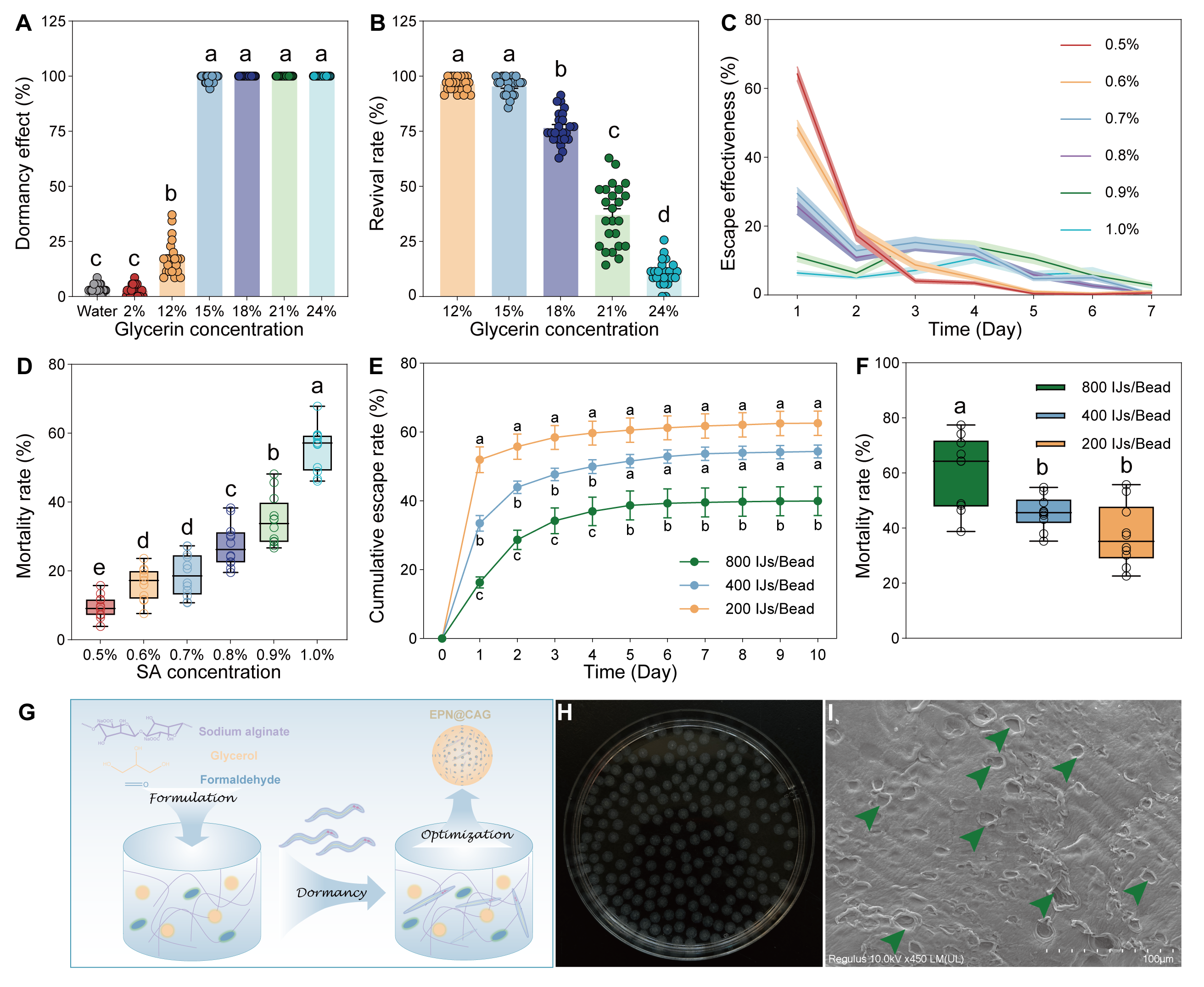
-
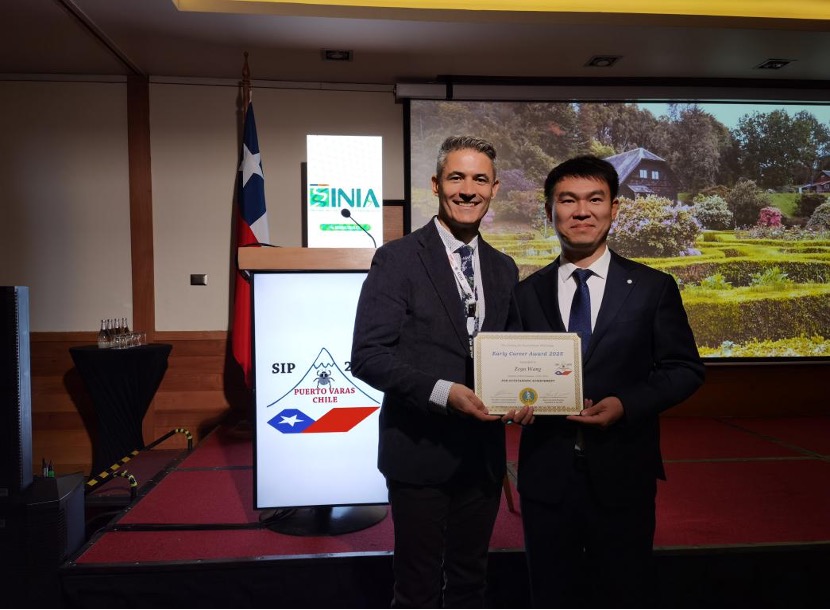 IPPCAAS Expert Wins the Society for Invertebrate Pathology Early Career Award
IPPCAAS Expert Wins the Society for Invertebrate Pathology Early Career Award -
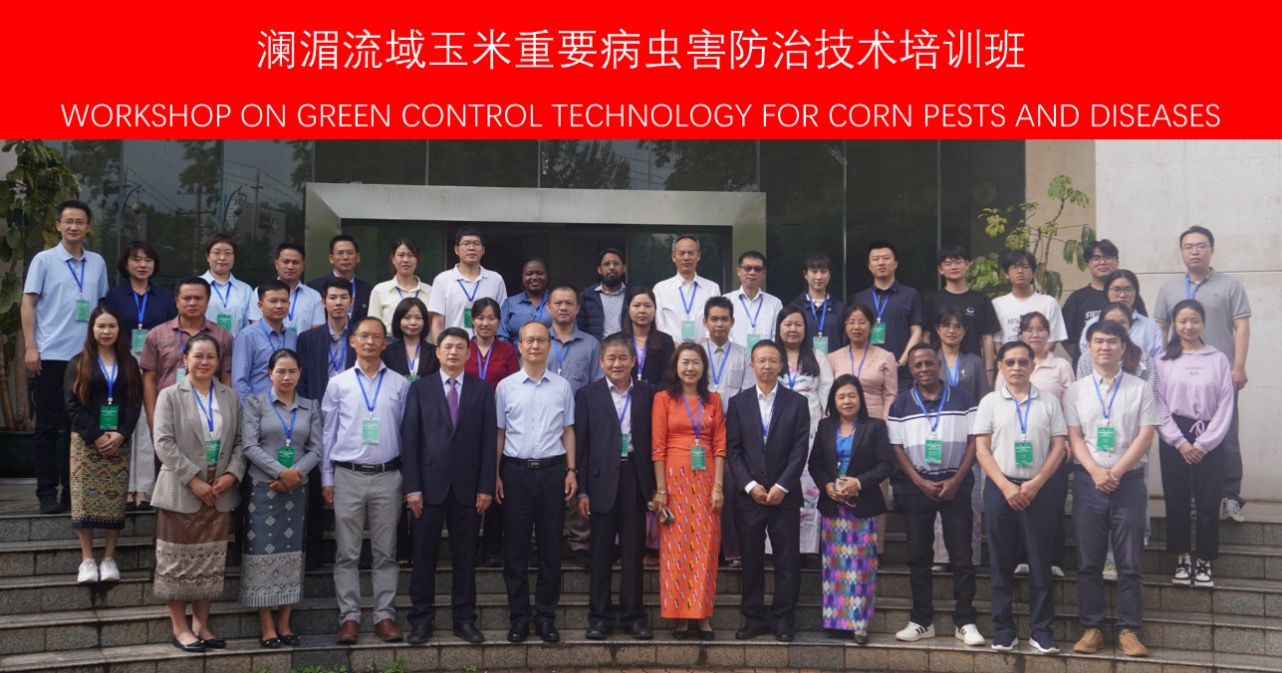 Workshop on Green Control Technology for Corn Pests and Diseases in the Lancang-Mekong Region successfully held in Kunming
Workshop on Green Control Technology for Corn Pests and Diseases in the Lancang-Mekong Region successfully held in Kunming -
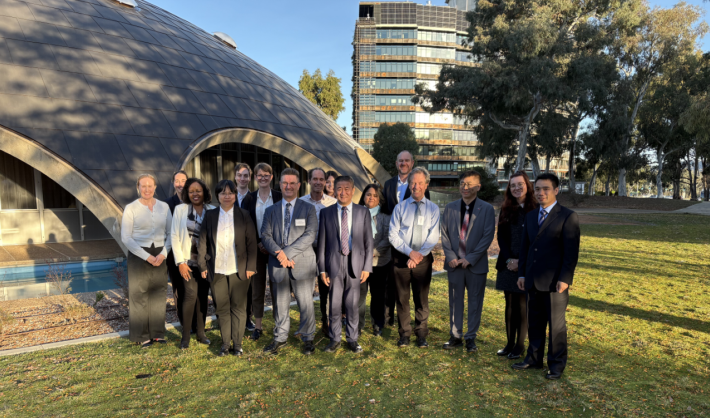 IPPCAAS Experts Visit Australia to Promote In-Depth China–Australia Cooperation in Plant Biosafety
IPPCAAS Experts Visit Australia to Promote In-Depth China–Australia Cooperation in Plant Biosafety -
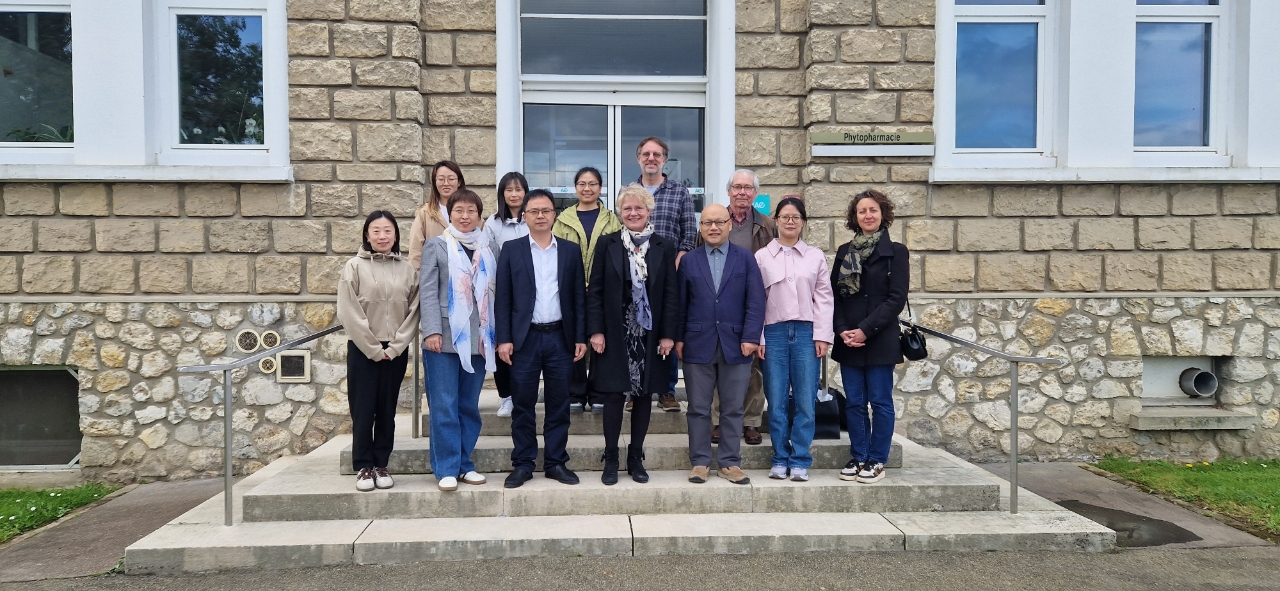 China-France cooperation in plant protection was further strengthened
China-France cooperation in plant protection was further strengthened
